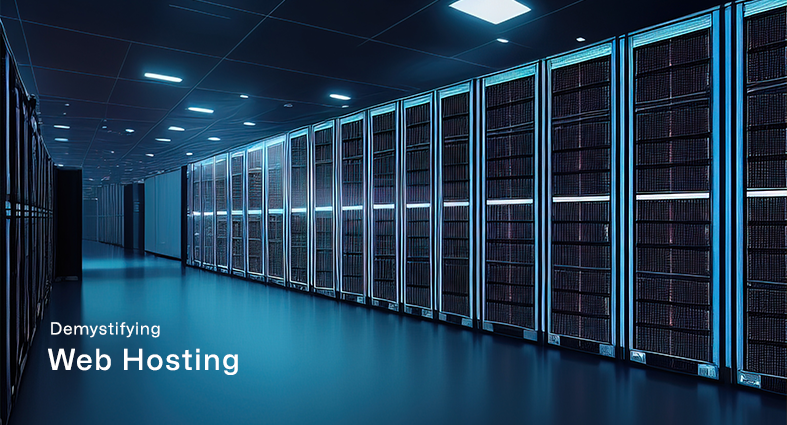Simply, virtualization can be defined as, separating the Operating System from the underlying Hardware. Virtualization technique is a component of cloud computing. Normally, when we install an Operating system,it linked with the Hardware System we use. In the virtualization technique, there will be a platform/layer Hypervisor in between the Operating system and Hardware. So what ever happened to the Hardware will not directly affect the Operating system and programs installed on the Hypervisor as the Operating System is no longer tied to the Hardware.
We can have ‘n’ no of instances on a Single Hypervisor, so instead of having n no. of lower configuration server, we can buy a high configuration strong server to install multiple instance, that can be different types of Operating Systems. Through this, we improves scalability and workloads while resulting in the use of fewer overall servers, less energy consumption, and less infrastructure costs and maintenance. And the migration also became easier like a copying of a file/folder from one platform to another.
Virtualization can be done mainly through different options. Type 1 is, through Bare metal Hypervisor. In this case, we first install the Hypervisor, this is the platform in which we install all the instances. Type 2 is Hosted, the Hypervisor installed in a currently running Operating System platform.
Migration of virtualised servers are easier ,by moving instances between Hypervisors using the Hypervisor management software. Also, Hypervisors can distributively allocate the resources to the instances upon the requirements. Fail over clustering, Load balancing features can also make happen easily by virtualization the servers. That offers network instances to connected workloads. These logical networks are created and managed by using the underlying physical network.
services
Feel free to send us a message.
Please, share your thoughts, and let's chat over a cup of tea.




















